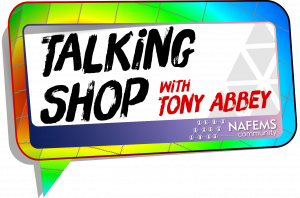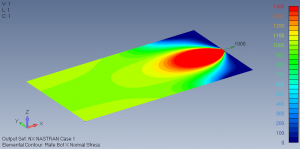I have been providing e-learning courses on FEA for over 11 years. I now supplement the courses with a free weekly broadcast that covers topics across FEA. Format – live presentation around 30 minutes. Q and A 30 minutes . Completed presentation recordings to view Session 1. St Venant’s Principle […]
Session 1: St Venant’s Principle
Session 1: St Venant’s Principle 30 minutes presentation, 30 minutes curated Q and A This principle is often quoted in FEA. It is a very generalized statement, but what does it mean and how can we use it in practice? I explore the background to the principle and discuss how it can be used […]
Session 2: FEA quick sanity checks
Session 2: FEA quick sanity checks 30 minutes presentation, 30 minutes curated Q and A Making sure we don’t fall into the trap: “Garbage in – Garbage out” is vital in FEA. I show some sanity checks we can use in static and dynamic analysis to quickly make sure we are on the right […]
Session 3: Free Body Diagrams
Session 3: Free Body Diagrams – what are they and why do they go wrong? 30 minutes presentation, 30 minutes curated Q and A Free body diagrams are used in structural analysis to try to reduce the problem to its simplest description. Where does the load get applied and where does the load get […]
Session 4: Mohr’s circle
Session 4: Why is Mohr’s circle so disliked? Giving it another chance … 30 minutes presentation, 30 minutes curated Q and A Mohr’s circle seems to be a very unpopular topic in structural mechanics courses! I think it is because it seems to be: Very arcane Very procedural Very confusing Never used in practical […]
Session 5: Nonlinear buckling cheats
Session 5: Why is cheating needed in nonlinear buckling analysis Video 1: 40 minutes presentation Video 2, 25 minutes curated Q and A The first time I did a nonlinear buckling analysis; I set up a cylinder model, applied the load – and waited. What a letdown! The cylinder just compressed, went […]


